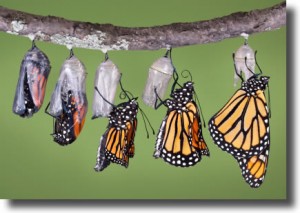
Kaitlin Roig-DeBellis and her surviving students (2013), Glamour Photos.
I know technically, that our unit has come to an end. However, I cannot seem to stop thinking about liminal spaces. Today, as I was driving I heard an interview on the radio with Kaitlin Roig- De Bellis who was a teacher at Sandy Hook Primary School on that fateful day in 2012 when one individual took so much from so many. On December 14, Adam Lanza fatally shot his own mother before he forced his way into the school and proceeded to slaughter 20 children and 6 staff before finally turning the gun on himself. Most of these children were so young, life stretched before them holding promises of who they would one day become…. but it was all cut short on that tragic morning.
I was interested to listen to Kaitlin’s story about how she managed to keep the kindergarten children and herself alive that day. As the shooting began, she responded quickly, closing the door and turning off the lights in her classroom and ushering 15 children and herself into a bathroom stall meant for a small child. She remained calm, reassured her children and managed to keep them quiet and prayed for their protection and safety. Emerging alive after listening to the sound of death repeated over and over was not the end of a painful saga but rather the beginning of some enormously challenging times.
Kaitlin’s perspective provides some insight on how we navigate those times of struggle in our lives, when darkness envelops us, when pain is searing, grief is overwhelming and each breath we take is filled with loneliness. We may not face a school shooting but everyone goes through pain. It is something we all share in as human beings. Kaitlin admits in the initial aftermath she was faced with days of asking herself endless why questions. For these questions, she had no answer. Kaitlin says that the day she stopped asking these questions was the day she got herself on the road to healing.
“I will never, not one day in my life, move on from December 14,” she said. “It is wholly a part of me. It’s every second of every day. However, every day of my life I will move forward. Because I have to, and because I can.”
Her message is that our darkest days and times, whilst always a part of who we are, do not have to define us. We can move forward, albeit slowly and surely.
Chate, C. Finding Hope After Sandy Hook Massacre -Interview with Kaitlin Roig De Bellis ( October, 2015). Retrieved from http://hope1032.com.au/stories/life/news/2015/how-kaitlin-found-hope-after-sandy-hook-massacre/.
Schlink, B. (1986). Mary The Mother Of Jesus. Basingstoke: Lakeland.
Photo retrieved from https://www.facebook.com/glamour/photos/a.415642050478.210138.26815555478/10151953312725479/?type=3.





 Teachers Without Borders, (2015).
Teachers Without Borders, (2015).